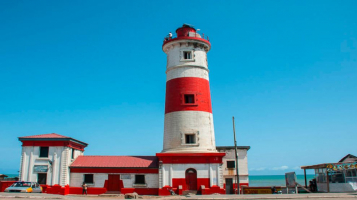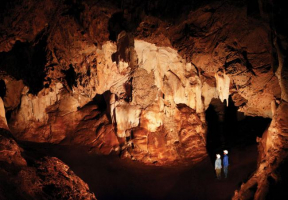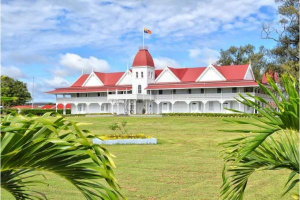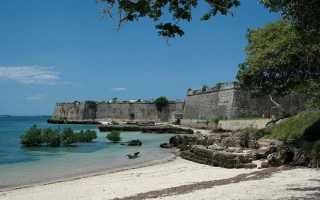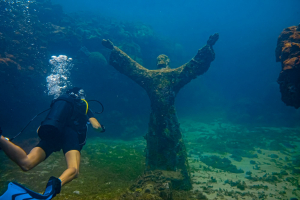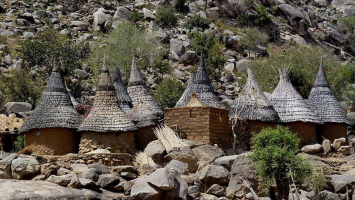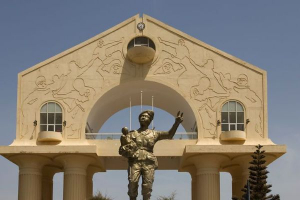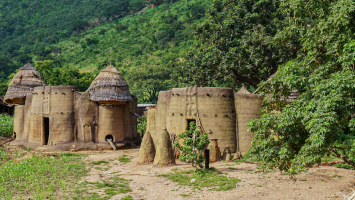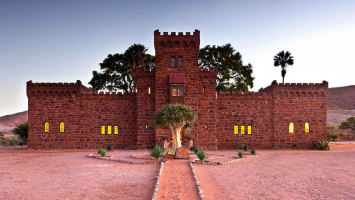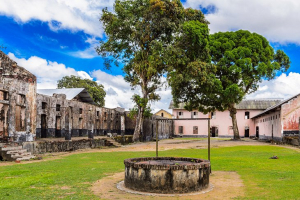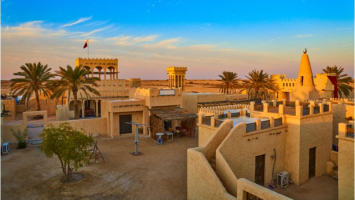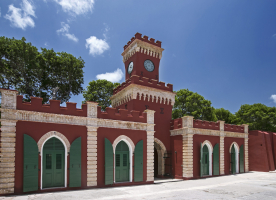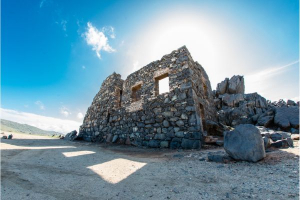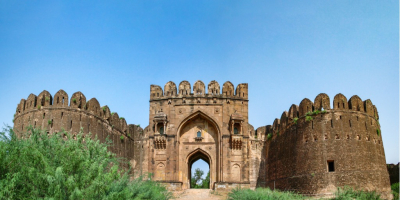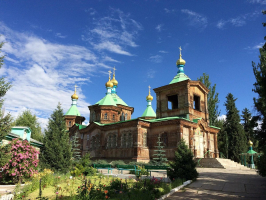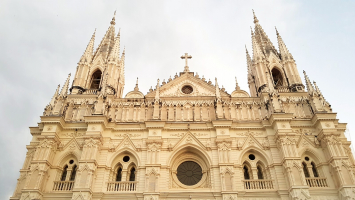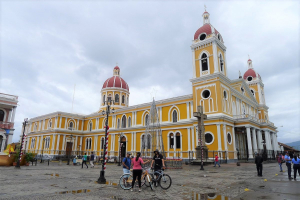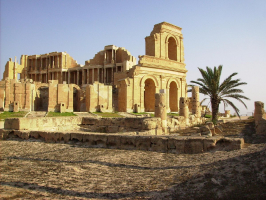Top 7 Most Famous Historical Sites in Samoa
Samoa is a unique place to visit and a spectacular sight to witness. A visit to the historical sites in Samoa departs from the humdrum sightseeing tours to ... read more...provide you with an enriching experience of scenic colonial buildings. Below are the most famous historical sites in Samoa that you can take into consideration.
-
The Falemata’aga Museum of Samoa was founded in 1999 at the former Old Court House in Apia. It was moved to its current position in Malifa, Apia, in 2008, from another century-old German School Building. The Falemata’aga Museum of Samoa is the country's national museum and one of the most famous historical sites in Samoa, which is run by the Ministry of Education, Sports, and Culture.
The museum's strategic purpose has been to acquire, maintain, safeguard, promote, and explain the material and intangible history and culture of Samoa since its inception. The preservation of Samoa's heritage through improved collecting and ongoing programs to sustain engagement work with schools, communities, and partners are among its top concerns.
The museum's collection has about 300 artifacts that represent the museum's four strands of work: Pacific island cultures, Samoan prehistory, Samoan culture, and the environment. Taxidermy, tattoo tools, and prehistoric ceramics are among the items on display. Important Samoan objects and archival materials are held in overseas collections, including the British Museum, Museum of Applied Arts and Sciences, Hearst Museum of Anthropology, Metropolitan Museum of Art, Te Papa, the Field Museum, and many others, as a result of colonial occupation of Pacific lands and subsequent fascination with their cultures. Besides, the museum of Samoa also hosts lots of exhibitions and activities.
Location: Apia
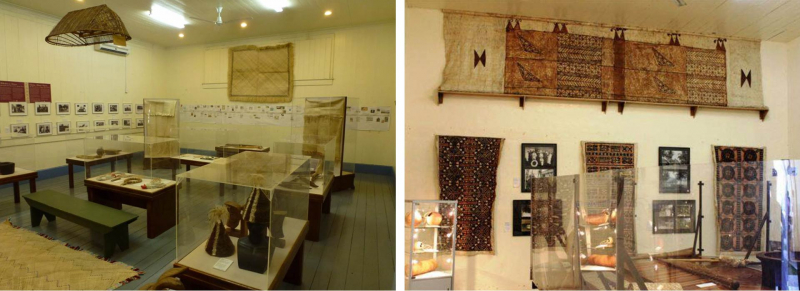
Photo: Samoa 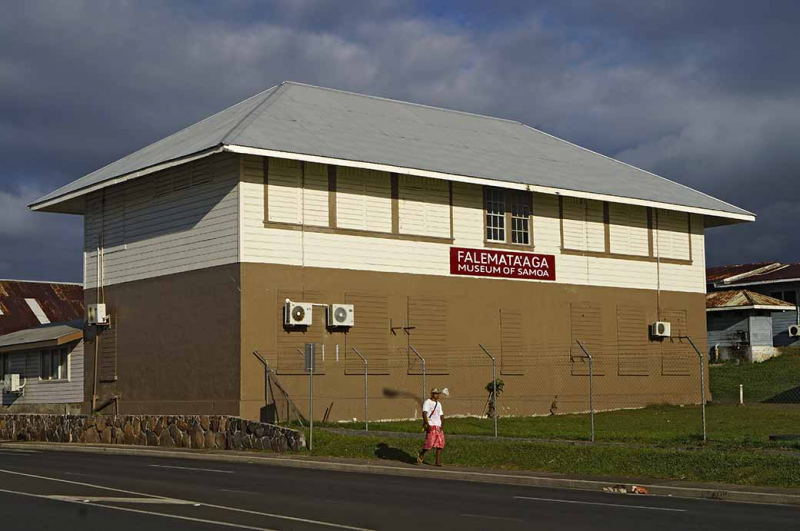
Photo: OzOutback -
The Baha'i House of Worship and prayer gardens, which are designated as a "place of spiritual gathering and manifestation of divine secrets," are available daily to individuals of all religions, races, and nations for prayer, meditation, and personal contemplation. Its grand architecture and serene environment, nestled within fifteen acres of beautiful gardens, provide an unforgettable experience.
Construction was completed 1984, and the official dedication ceremony was performed in September of 1984, with a large number of guests and dignitaries in attendance. The celebrations came to a close with the official dedication of the House of Worship to God's oneness, religion's oneness, and humanity's oneness. Its gates were now open to anyone who wanted to come in.
The Baha'i House of Worship's remarkable architecture embodies grace and beauty, with nine symmetrical sides and entrances. The main theater, with its grandiose dome soaring 28 meters (92 feet) high and inlaid with converging lines of mirrored glass, is particularly stunning. The House of Worship rises from a 20-acre prayer garden that is home to more than 60 types of flowers, plants, and trees that are all indigenous to Samoa. The gardens, which are interspersed with trails and bridges, can be used for personal reflection or simply a stroll among Samoa's natural splendor.
The Baha'i holy books describe a vision of the House of Worship that includes not only a spiritual gathering place, but also a hospital, orphanage, university, and other social organizations. It will create momentum for both spiritual and material growth of humanity in this way.
Location: Apia
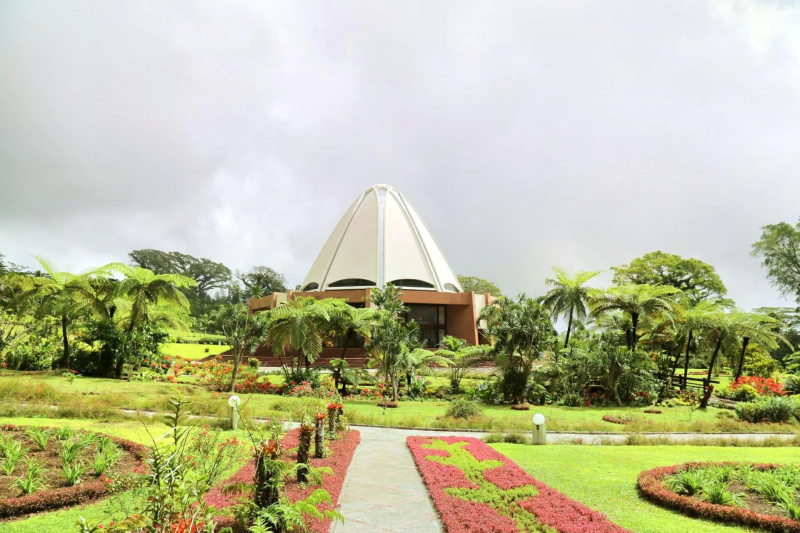
Photo: Trip.com 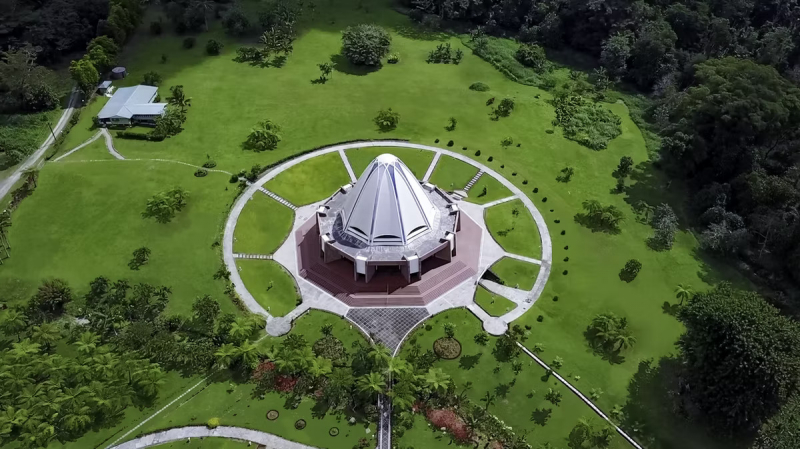
Photo: Baha'i World News Service -
It is a wonderful chance for visitors to take a tour of the famed Scottish author's residence in Samoa, where he spent his final years. Vailima, his magnificent estate, has been converted into a museum with gorgeous gardens that is open to the public. Visit his cemetery near the top of Mt Vaea, along a hiking track known as "The Road of Loving Hearts" by locals.
The Vailima Botanical Garden covers around 12 hectares (30 acres) and protects a diverse range of native, introduced, and naturalized species representative of the archipelago and Pacific basin flora. It's a great area to go for a day trip to unwind and appreciate nature's tranquility. Visitors can enjoy a stroll through the Vailima Botanical Gardens, stop by the Information Centre to learn about the Reserve's biodiversity, and cool off in the Loimata o Apaula stream's freshwater pool and waterfall, where Robert Louis Stevenson once swam.
The short hike to Robert Louis Stevenson's Tomb atop Mt Veaa takes around 30 minutes, but the terrain is rather steep and slippery when wet. A 50-minute trek through lush tropical rainforest and past a spectacular Banyan tree is the alternative way to the peak. Water and appropriate footwear are recommended in either case.
Location: Apia
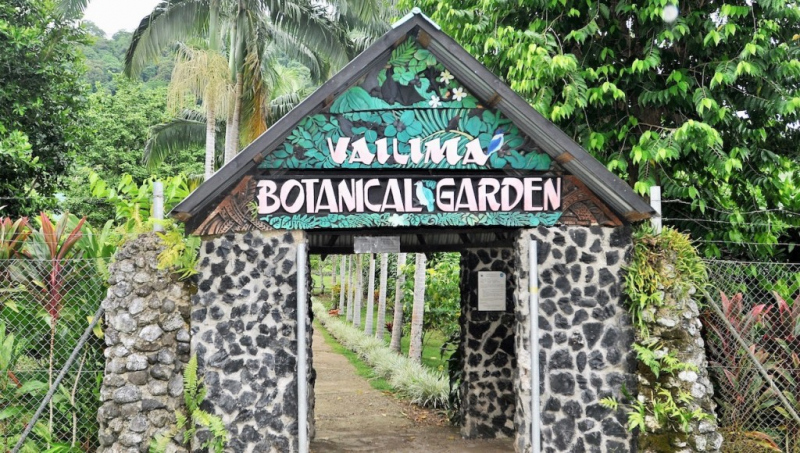
Photo: Ifiele'ele Plantation 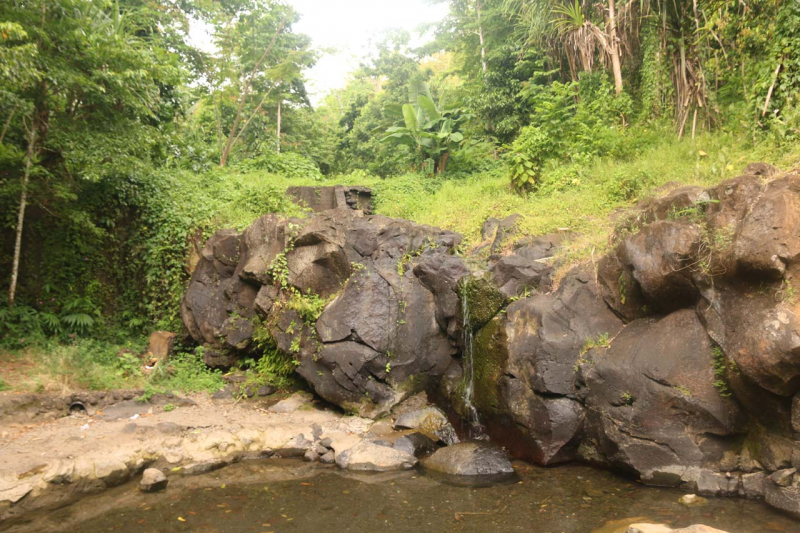
Photo: World of Waterfalls -
The Robert Louis Stevenson Museum, a significant landmark and one of the most famous historical sites in Samoa where the famed Scottish poet and author fell in love. The museum is the author's former home, which has been meticulously restored to its former glory, along with some of the author's work and family artifacts.
Because of his many positive encounters with the local community, he became a well-known and respected person among those who knew him. At the age of 44, he died on December 3, 1894. His coworkers and subordinates buried him on Mount Vaea (inside Vailima) at a location with a view of the sea.
The RLS museum is well-maintained, and all of its amenities are in fine working order. The museum also offers a gift shop for tourists, with a sign book at the entrance of the shop where visitors can mark where they are from and, more importantly, provide feedback on their experiences with the facility. Guests are not permitted to bring shoes or dine inside the museum for reasons of maintenance.
This is a once-in-a-lifetime chance to see the world's biggest collection of Stevensoniana on public exhibit.
Location: Apia
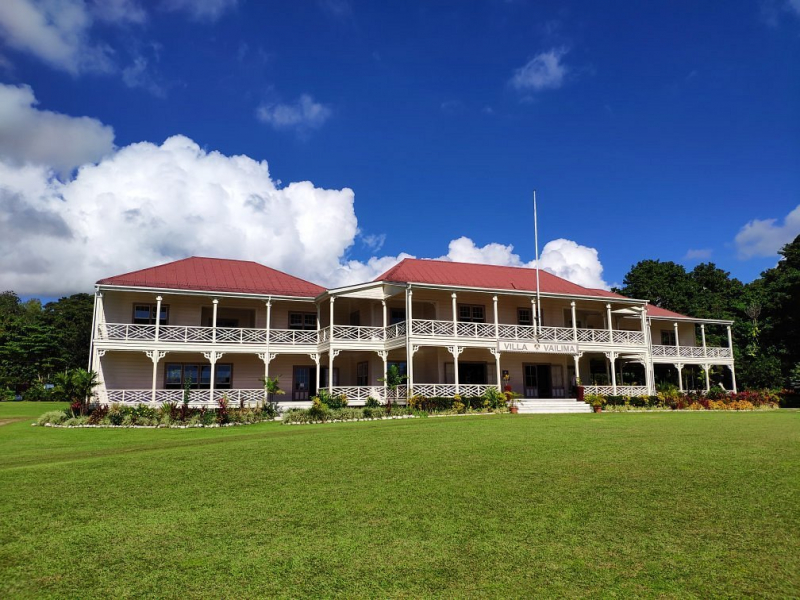
Photo: TripAdvisor 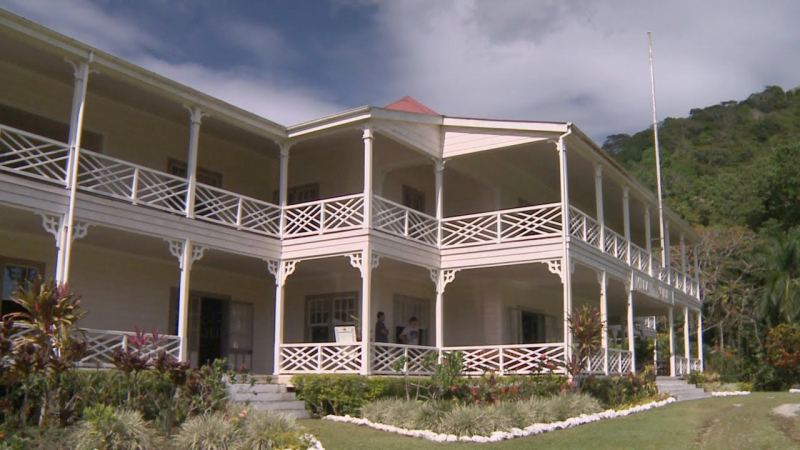
Photo: DestiMap -
This fascinating subterranean lava tube descends as if to the earth's core. Paia Dwrafs Cave is called after a legendary tribe of dwarves who are said to still live in its depths and leave footprints every now and then. No one has ever been said to have reached the end of it, except perhaps the dwarves, and your guides (the village matai or local youths) will continue to lead you through its vast depths, which are intersected by underground rivers, until you instruct them to turn back.
Paia Dwarfs Cave is located immediately west of the Mt Matavanu turn-off on the Main North Coast Rd. Look for the faded signage on the right and wait outside the blue fale at this intersection in Paia; someone should arrive and direct you to the cave.
Dwarves are said to still live in this fascinating lava tube cave, and their footprints can still be seen today, according to local legend. It is possible to spend a whole day exploring the cave. It is strongly advised that travelers hire a guide from Paia village, flashlights and sturdy shoes are necessary for the trip, and be prepared to swim and get muddy.
Location: Savai'i Island
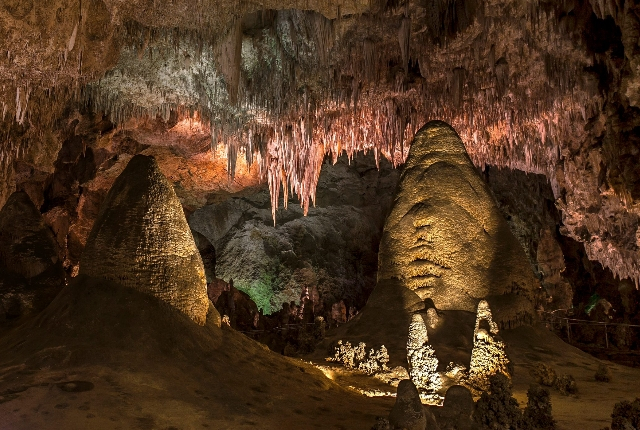
Photo: TravelTourXP.com 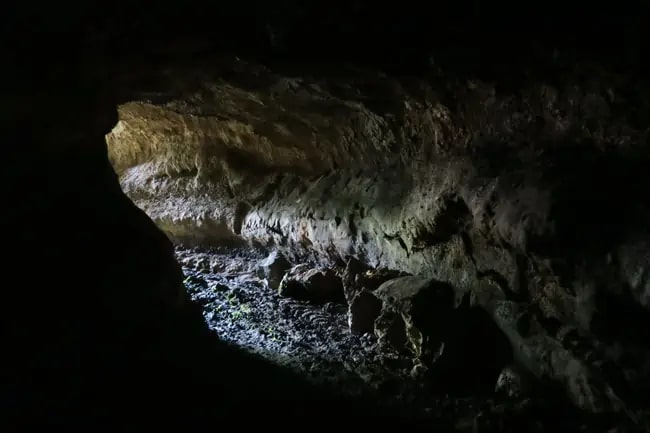
Photo: X Day in Y -
Sale'aula Lava Field is undoubtedly one of the most famous historical sites in Samoa. It was created when Mount Matavanu erupted nearby in 1905. A second explosion spilled more lava into the field, spanning more than 100 square kilometers. Five settlements were buried, but because the lava moved slowly, there were few fatalities.
Stroll through the Sale'aula Lava Field's eerie black environment and see the ruins of buried settlements. Imagine how the residents must have felt when they watched their homes being engulfed by pahoehoe lava. Despite its tragic past, it has grown into one of Samoa's most popular tourist destinations, providing opportunities for both geologists and photographers. When you see the tremendous force of nature in action, it's difficult not to be awed.
The first thing that attracts tourists is the desolate, barren scenery. If you look closely, you'll see spinning patterns in the volcanic rock, as well as fractures and cracks that formed as the lava dried. It's like looking at the ripples on a lake's surface. Take note of the plants that have sprung on the fertile ground. The contrast between the bright green leaves and the jet-black boulders is amazing.
Visit the lava-engulfed ruins of two churches. The arched windows and peaked roof can still be seen, but the insides of the churches are filled with layers of black rock. Visit the so-called "Virgin's Grave," a rectangular lava hole with a grave beneath it. Take a stroll to the cliff's edge for a view of the ocean. The lava field takes about 30 minutes to cross.
Location: Sale’aula
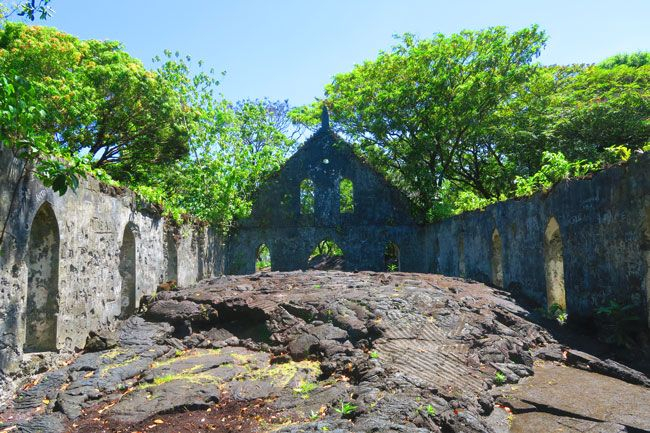
Photo: Pinterest 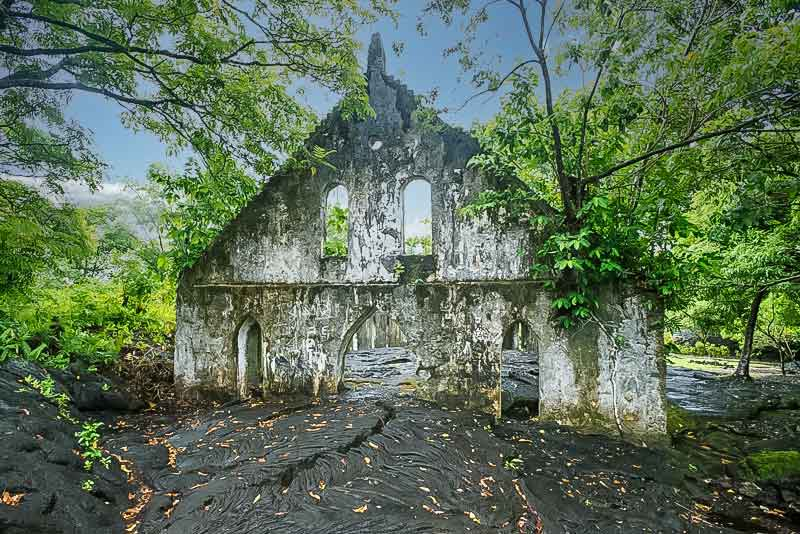
Photo: Change the Globe -
An historic 12-pointed star mound can be found at the peak of lovely Manono Island. This one of the most famous historical sites in Samoa is located on the flat peak of 110m-high Mt Tulimanuiva, one of roughly 300 known mounds in Samoa and the Pacific.
The mounds, which are made of earth and stones, are estimated to have been erected when Tonga occupied parts of Samoa circa 900-1000 years ago. Pigeon catching, religious motives, ceremonies, and a relationship between people and the stars are all theories for their use. Whatever its purpose, the majority of the star mounds are hidden within the Pacific's thick jungles, making it worthwhile to travel to this magnificent island to locate one for yourself.
Location: Manono Island
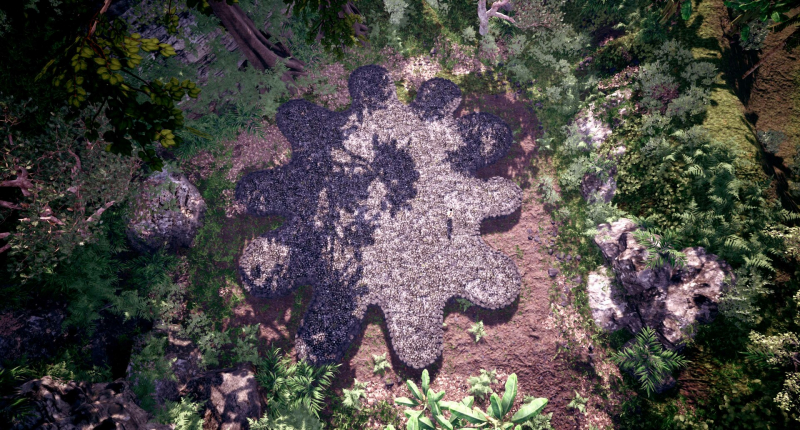
Photo: Thomas Greentree 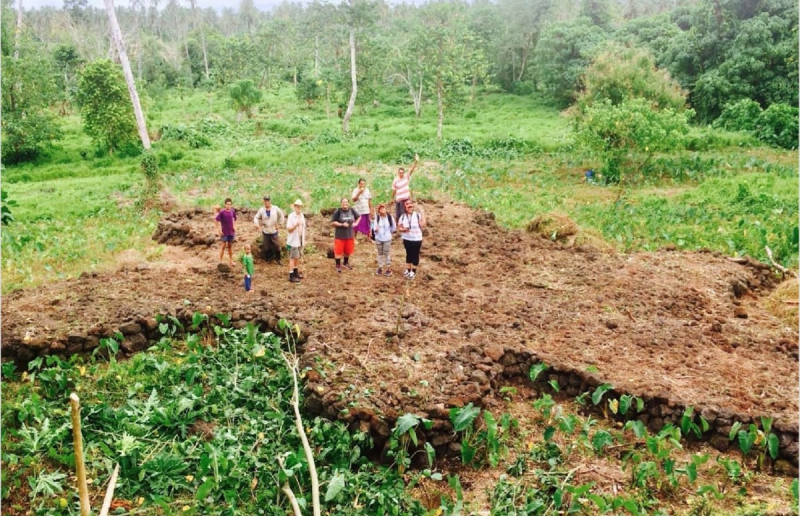
Photo: The Coconet TV









